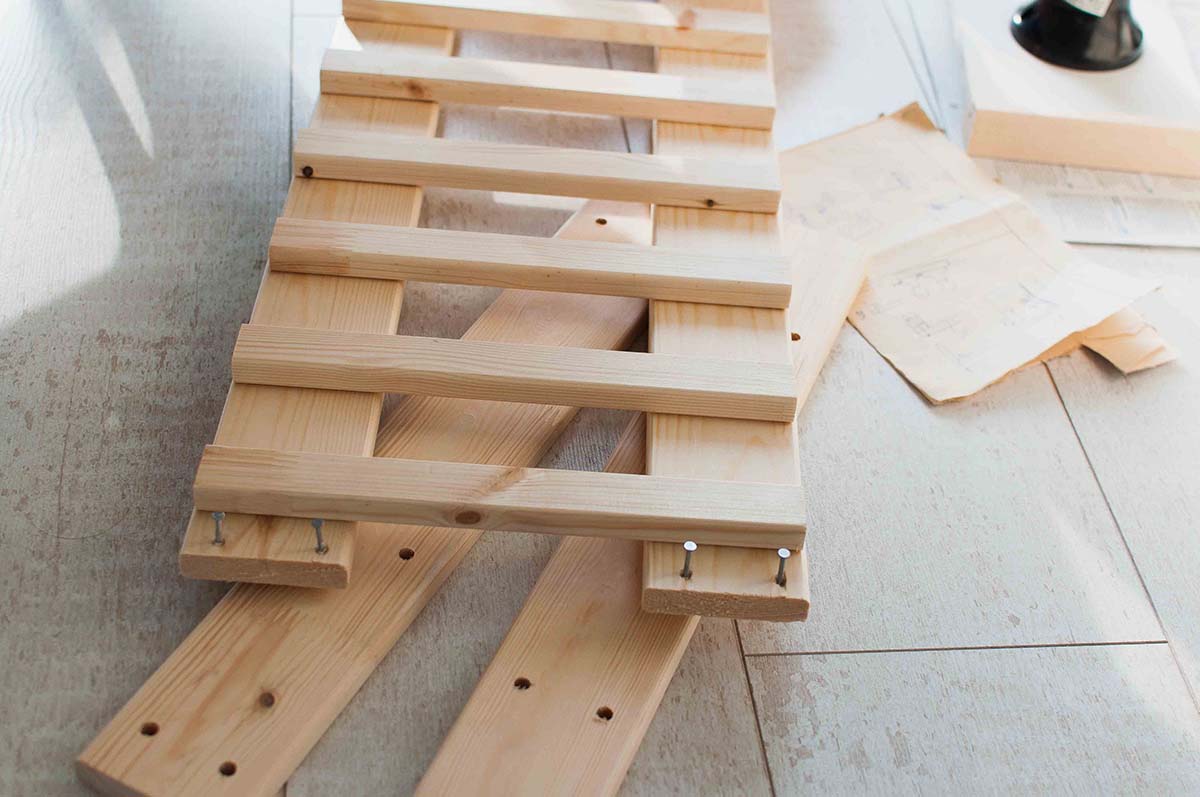How to Make Koji 2: Setting up Your Incubation Box
Last October, American food professionals visited fermented food producers to deepen their knowledge of Japanese fermentation culture during the “Hakko Tourism in Japan” tour campaign. As part of the tour, organizers held a tasting session where guests gave candid advice from the perspective of the American market to food product manufacturers looking to enter the United States market.
In the last issue, I talked about choosing the right tane-koji (starter) for koji making. In this edition, I would like to focus on the ideal environment to make koji. We will be focusing on setting up the Koji Muro (koji box/koji incubator).
Koji fungus is fond of the Japanese climate, with our extra support in winter, and in summer it can be made almost free of energy. They prefer a warm and humid environment to thrive, a bit sauna-like condition at the beginning. I experience a great difference in koji making when I do it in Japan and some parts of Europe. Even within Europe, I see different approaches are required for local weather and the availability of the ingredient.
This is why I want to increase the number of people who can teach locally. Traditionally speaking, we have the basics in Japan but the process is still adaptive depending on in which part of the country we are making koji. This means that the distance is simply larger but the principle of adaptability is the same when we talk about different approaches in the world.
Koji is a fungus. The starter is a seed spore. So we sow this seed in the bed of soil, in this case, rice (or barley, soy) first to let it germinate. The most important requirement is moisture, which is why we prepare the substrate hydrated and the environment to culture this fungus also needs to be humid. This humidity is to ensures that the moisture in rice is not going to get lost before the fungus germinates. If you let the rice dry out first, no fungus wakes up. This is why we usually wrap the inoculated rice in a layer of cloth and/or plastic, so the rice stays moist while the spore is getting ready to sprout.


Marika Groen is the head of Malica Ferments, an online platform dedicated to fermented products. As a Kojiologist, traveler, brewer, photographer, and writer, she published the book "Cosy Koji" in 2021, offering insights into the art of Koji making based on her worldwide lectures and experiences.

